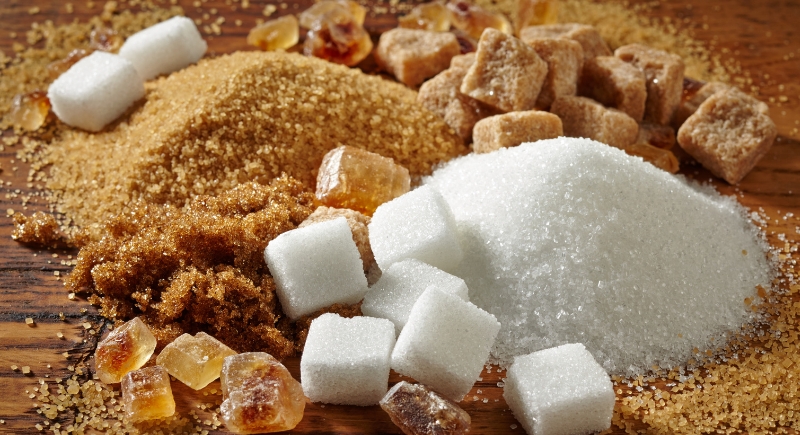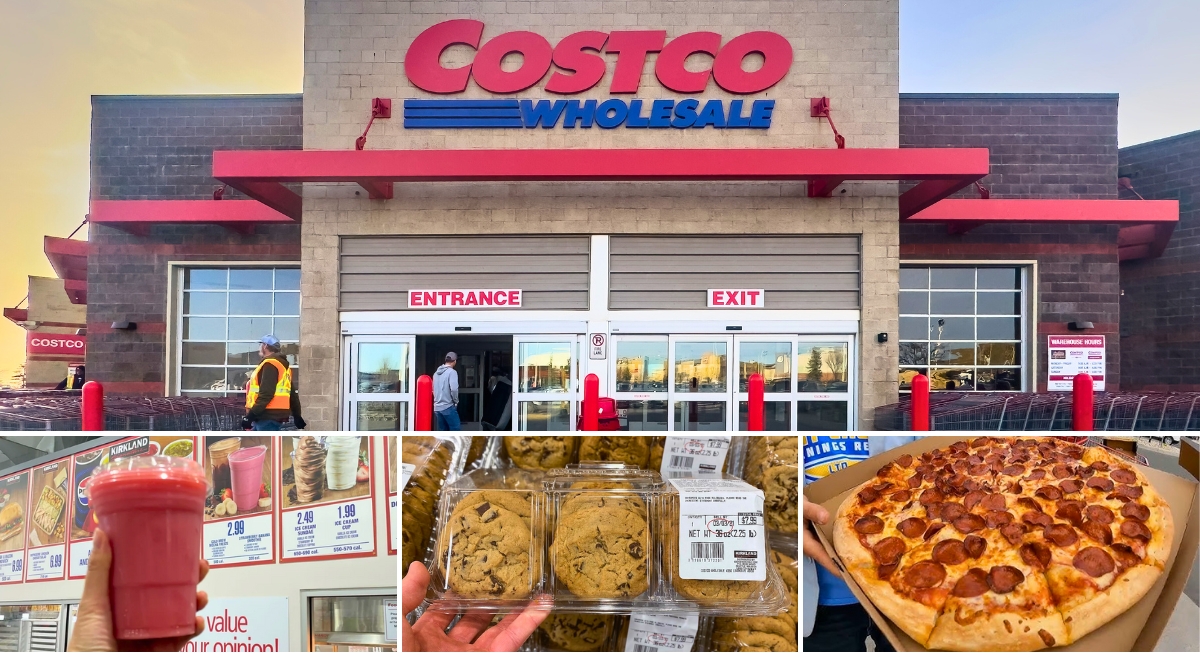Microplastics show up in meals far more often than expected. These particles come from packaging, polluted environments, and food production equipment, and they've made their way into staples people eat every day. Knowing where they’re usually concentrated won’t eliminate them from your diet, but it can help you make more informed choices.
Here’s a breakdown of everyday foods that commonly carry microplastics.
Himalayan Pink Salt

Credit: Getty Images
Lab tests have shown that Himalayan pink salt contains more microplastics than table salt or ocean salt. Terrestrial salts like this pick up plastic during both mining and packing. The higher price that you have to pay reflects branding more than quality. Though it’s marketed as cleaner or more natural, research doesn’t back those claims.
Apples

Credit: Getty Images
They say an apple a day keeps the doctor away, but that might not hold up when microplastics are involved. Researchers disclosed more than 100,000 plastic molecules in every gram of apple tested. Once it’s in the system, it travels into the flesh and accumulates in the part we eat, so the exposure is direct and unavoidable.
Plant-Based Nuggets

Credit: Getty Images
Swapping meat for plant-based options might feel like a cleaner choice, but processed alternatives have their own issues. Many meatless nuggets pick up microplastics during manufacturing, not farming. The ingredients pass through plastic machinery, then get shaped, breaded, and sealed in plastic wrapping. That contact adds up before they reach your plate.
Tea Bags

Credit: Getty Images
One of the easiest ways to reduce microplastics is to stop using bagged tea. Usually, bags are sealed with polypropylene, which sheds plastic traces when steeped in hot water. Brew it using a stainless steel or ceramic infuser, or simply strain the leaves once the tea is made. The procedure is just as quick, and you won’t end up drinking billions of invisible plastic fragments.
Rice

Credit: Getty Images
University of Queensland experts discovered around four milligrams of microplastics in every half-cup of cooked rice. Instant rice contained more, up to 13 milligrams. Rinsing rice before cooking reduced plastic content by about 40 percent. That simple step won’t remove everything, but it’s one of the few cases where a basic kitchen habit can make a measurable difference.
Breaded Shrimp

Credit: Getty Images
Crispy, salty, and easy to cook, breaded shrimp has a lot going for it flavor-wise. But behind the crunch, it’s also one of the most microplastic-laden foods researchers have tested. If you still want shrimp without the added contamination, skip the packaged breaded versions and cook them fresh at home.
Seafood

Credit: Canva
Eating seafood may also mean eating plastic. In a recent study, microplastics were present in nearly every sample tested. Fish and shellfish contain these substances in their muscle tissue, which is what ends up on your plate. Regular exposure to these raises concerns about potential long-term health effects, though experts are still studying how microplastics interact with the body after they’ve been ingested.
Carrots

Credit: pexels
They’re known for supporting healthy eyesight, but there’s something less appealing growing beneath the surface. Carrots pull microplastics straight from polluted soil as they develop underground. Plastic mulch, synthetic fertilizers, and contaminated irrigation contribute to the buildup.
Bottled Water

Credit: Getty Images
Microplastics are commonly found in bottled water, mostly introduced by the bottles themselves. These containers are from polyethylene terephthalate (PET), which shed particles when exposed to heat, pressure, or long storage times. Bottles kept in warm places, like cars or warehouses, show greater levels of contamination.
Processed Dairy

Credit: Getty Images
Highly processed dairy—like powdered cheese or shelf-stable milk picks up microplastics during manufacturing. To cut down on consumption, stick with refrigerated dairy that’s been handled less and packaged in glass or paper cartons when possible. Local milk from smaller producers tends to involve fewer plastic contact points.
Sugar

Credit: Getty Images
It’s a staple in many kitchens, but the way sugar is prepared can quietly introduce unwanted material into your food. Opting for less treated sugar and buying it in paper or glass containers can help reduce that risk. Small switches like these are an easy way to avoid unnecessary vulnerability through everyday ingredients.
Pureed Food Pouches

Credit: Wikimedia Commons
Tests on popular pouch brands revealed traces of plastic-based adhesives, synthetic chemicals, and other unwanted residues in the food. The issue arises from how these pouches are handled; they’re heated directly in plastic during pasteurization. That heat draws out materials that shouldn’t be in a toddler’s snack.
Beer

Credit: Getty Images
Grains and water used in everyday foods can bring environmental residues with them. In the case of beer, both ingredients contribute to contamination levels that remain even after filtration. One study measured about 28 microplastic particles per liter. Packaging can add more. Even premium brands had little difference in testing.
Foil Pouch Meals

Credit: Studio Mexico
Convenience meals packed in retort foil pouches—like tuna or lentils—are cooked inside the pouch. That high heat causes plastic layers in the lining to break down while sending specks into the food. These meals may not taste different, but testing says they carry measurable plastic contamination.
Seaweed

Credit: Canva
Ocean-grown foods have various risks, and seaweed is no exception. Its texture and structure make it prone to collecting plastic flecks from polluted waters. Even after washing, a couple of those particles remain. An analysis proved that people in China consumed more than 17,000 plastic fragments per year through seaweed alone. That’s a reflection of how much it absorbs from the surrounding water.





